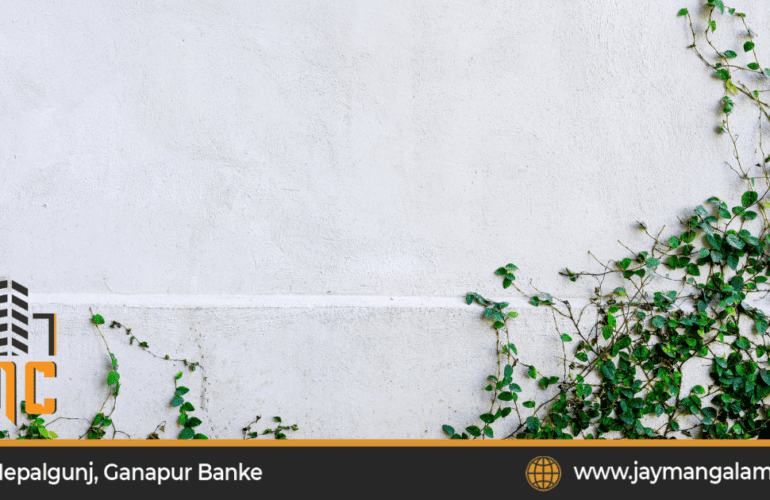Sustainable Construction: How Eco-Friendly Cement and Green Infrastructure Shape the Future
Sustainability has become a crucial aspect of modern construction, with an increasing focus on eco-friendly materials and practices. As a leader in the industry, Jay Mangalam Cement is committed to providing sustainable construction solutions through its innovative eco-friendly cement products. This blog post will explore the critical considerations for building sustainable infrastructure and how Jay Mangalam Cement contributes to green projects. We will also address some common questions related to the sustainability of concrete and cement.
Jay Mangalam Cement’s Contribution to Eco-Friendly Projects:
Jay Mangalam Cement is dedicated to producing high-quality, eco-friendly cement that meets the demands of sustainable construction. Our products are designed to reduce CO2 emissions, conserve energy, and minimize waste. By incorporating Jay Mangalam Cement into your construction projects, you can ensure that your buildings are durable and environmentally responsible.
Sustainability Considerations for Concrete:
When it comes to sustainable construction, it’s essential to consider the environmental impact of concrete. Some key considerations include:
- Reducing CO2 emissions: The production of cement, a primary component of concrete, is responsible for a significant amount of CO2 emissions. By using eco-friendly cement, such as Jay Mangalam Cement, you can help to reduce these emissions.
- Using recycled materials: Incorporating recycled materials, such as fly ash or slag, into concrete mixtures can help to conserve natural resources and reduce waste.
- Enhancing durability: Durable concrete structures require less maintenance and have a longer lifespan, reducing the need for resource-intensive repairs and replacements.
Environmental Considerations of Cement and Concrete:
The environmental impact of cement and concrete production is a critical concern in sustainable construction. Some of the main considerations include:
- Energy consumption: Cement production is energy-intensive, so it’s essential to use energy-efficient processes and technologies.
- Water usage: Cement and concrete production require a significant amount of water. By implementing water-saving measures, construction companies can help to conserve this valuable resource.
- Waste generation: Reducing waste in cement and concrete production is crucial for minimizing the environmental impact of construction projects.
Improving Cement and Concrete Sustainability:
There are several ways to enhance the sustainability of cement and concrete, including:
- Utilizing alternative raw materials: Using waste products, such as fly ash or slag, in cement production, companies can reduce their environmental impact and conserve natural resources.
- Adopting energy-efficient technologies: Implementing energy-saving technologies in cement production can help to reduce energy consumption and CO2 emissions.
- Encouraging innovation: Research and development of new, eco-friendly cement and concrete products can lead to more sustainable construction practices.
Factors of Sustainable Building Construction:
When planning a sustainable building project, it’s essential to consider several factors, including:
- Material selection: Choose eco-friendly materials, such as Jay Mangalam Cement, to minimize the environmental impact of your project.
- Energy efficiency: Design buildings to be energy-efficient, incorporating features such as insulation, energy-efficient windows, and renewable energy systems.
- Water conservation: To reduce water consumption, implement water-saving measures like rainwater harvesting and low-flow fixtures.
- Waste reduction: Plan for waste reduction during construction and throughout the building’s lifecycle, including recycling and reusing materials whenever possible.
Sustainable construction is vital for creating a greener, more responsible future. By using eco-friendly cement, such as Jay Mangalam Cement, and adopting green infrastructure practices, construction companies can contribute to a more sustainable world. By considering the environmental impact of concrete and cement and implementing strategies to improve their sustainability, we can build durable and environmentally friendly structures.




